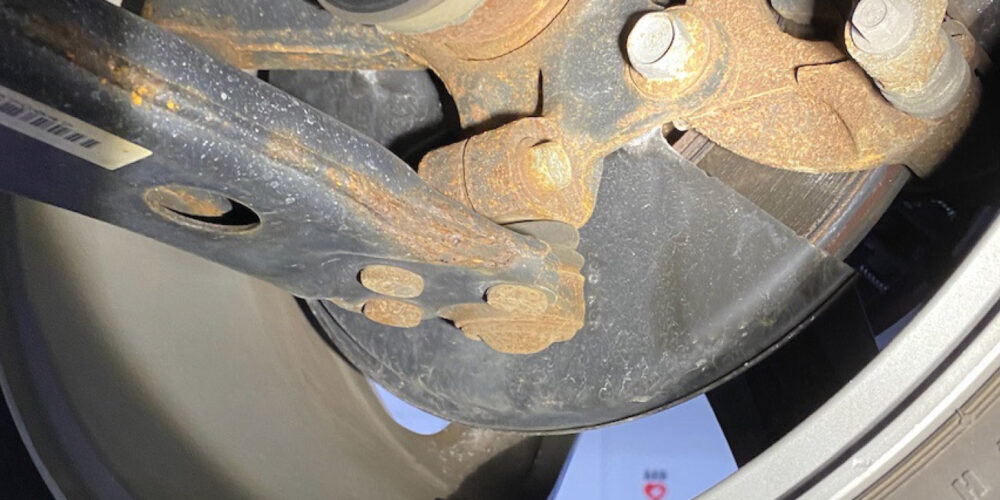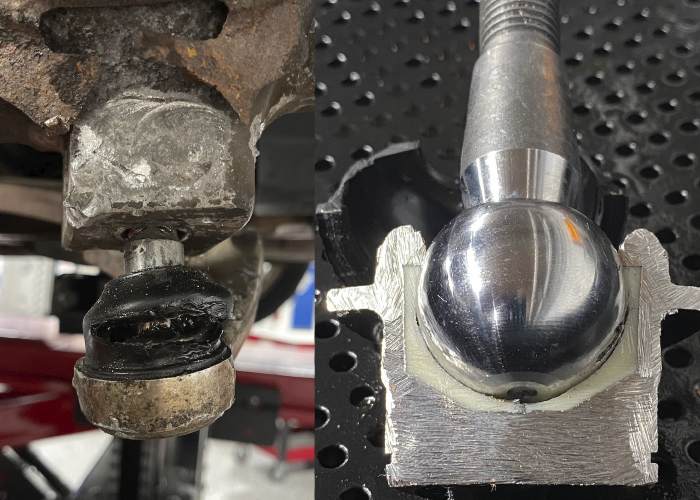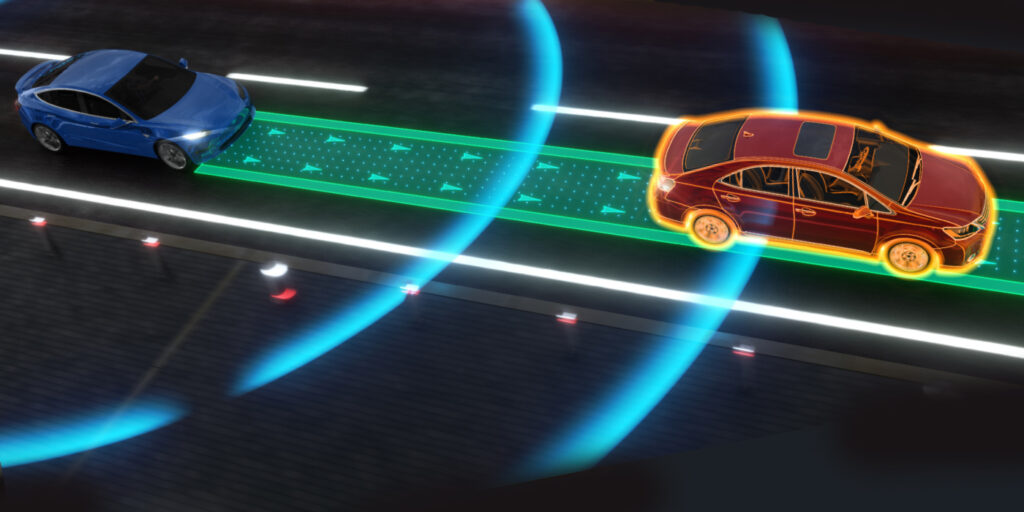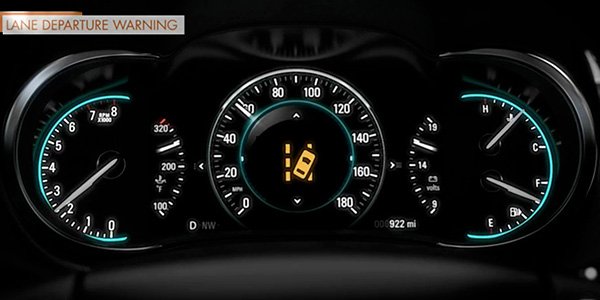Before ball joints, most suspensions used kingpins. These pins or shafts are connected to two points on an axle or links. On the spindle or knuckle, the pin would allow it to turn. The spindle would be connected to the outer tie rod. Many over-the-road trucks still use this type of suspension. While they are more robust and easier to maintain, they get in the way of driveshafts and have a larger turning radius than ball joint suspensions.
Like kingpins, the main enemies of ball joints are friction and wear. During the life of the ball joint, contamination can find its way into the joint and cause wear. Plus, the lubricant inside the joint can degrade.
The contamination and degraded grease can cause the machined surfaces to wear as the joint moves. As the wear increases, play increases inside the joint.
Types of Ball Joints
A ball joint is made up of a housing, ball stud, bearings, end cover and Belleville washer or spring. A Belleville washer is a conical-shaped spring designed to be loaded in the axial direction. The joint is attached to a control arm by pressing or riveting the joint into the arm. If the joint is pressed into the arm, a special tool will be required to remove the old joint and install the new one.
Failed pressed joints can be challenging to remove because of corrosion between the control arm and joint. This is especially true when a steel ball joint housing is pressed into an aluminum control arm.
Ball joints can be broken down into the load-bearing and non-load-bearing categories. A load-bearing ball joint is designed to support the vehicle’s weight while providing a hinge point for the steering system. Most load-bearing ball joints are designed to cancel the effects of normal wear by centering themselves in their sockets.
Non-load-bearing ball joints, on the other hand, are designed to maintain precise dimensional tolerances in a steering or suspension system. Wear in a non-load-bearing ball joint will cause a noticeable change in the front suspension’s camber, caster or toe angle. Consequently, non-load-bearing joints are preloaded to compensate for wear. For example, unloaded control arm ball joints should be tested for preload when the suspension system is disassembled.
Ball Joint Wear
Some ball joints that have a grease fitting use the fitting as a wear indicator. If a grease gun will not couple to the fitting, the joint needs to be replaced.
As the joint wears, the Belleville washer or spring sustains the tension on the bearings to maintain zero axial endplay as the control arms move. The Belleville washer or spring will not compensate for lateral wear. Lateral wear causes the ball stud to move inside the bearing, which can affect camber and tire wear.
Performing an Inspection
The first step for any ball joint inspection is to visually inspect the joint. Any damage to the boot is an automatic fail. When the boot allows contamination to enter the joint, wear is inevitable. Replacement boots are available. But since you can’t see inside the joint, it is difficult to identify excess wear. Look for any excessive rust on the ball joint and control arm.
One test is to grab the wheel at the 12 and 6 o’clock positions and attempt to move the wheel in and out. This can give a false indication of the health of the joint because suspension bushings and wheel bearings can exhibit the same symptoms.
Checking a loaded ball joint might require lifting the vehicle and supporting the lower control arm with a jack stand. Attach a dial indicator to the lower control arm and locate the dial in a vertical position to measure axial runout at the steering knuckle. In the case of an AWD front ride strut or independent RWD, it may be necessary to mount the dial at the CV joint. Moving the steering knuckle can check lateral runout. The upper joint is loaded for an SLA suspension with the coil spring over the top arm. To check the joint, support the upper control arm to unload the joint. If the ball joint has a built-in wear indicator, joint play should be checked with the vehicle on its wheels.
To check a follower-type joint, the Belleville washer or spring is loaded or compressed to check for axial end play.
For a strut-type suspension, place a jack stand under the cradle to allow the strut to extend fully. Attach the dial indicator clamp to the lower control arm and locate the dial in a vertical position to measure axial runout at the steering knuckle. Place a jack under the ball joint and load the joint by raising the jack. Turn the steering wheel and observe the ball joint to check lateral runout.
For an SLA suspension, the upper control arm can be blocked, and the joint can be compressed. Attach a dial indicator to the steering knuckle and locate it in a vertical or parallel position to measure axial runout at the lower control arm. Moving the steering knuckle can check lateral runout.
Tie Rod End Ball Joints: Tie rod end ball joints are more tolerant of wear. Provided an assistant is available to turn the steering wheel of the vehicle in a parked position, the dry-park testing method will indicate excessive wear in most tie rod ends. When a technician works alone, the tie rod end can be compressed with a pair of water pump pliers while the technician looks for a change in toe angle.
The overall condition of the chassis is essential to the safety and performance of a vehicle. In the area of safety, it is a good practice to cover your assets. Be sure the owner is aware of the conditions that could cause their vehicle to be unsafe, and convince them of the importance of proper repairs. If this is not possible, make sure that all safety issues that are not repaired are made apparent in the repair order and a disclaimer is attached.















